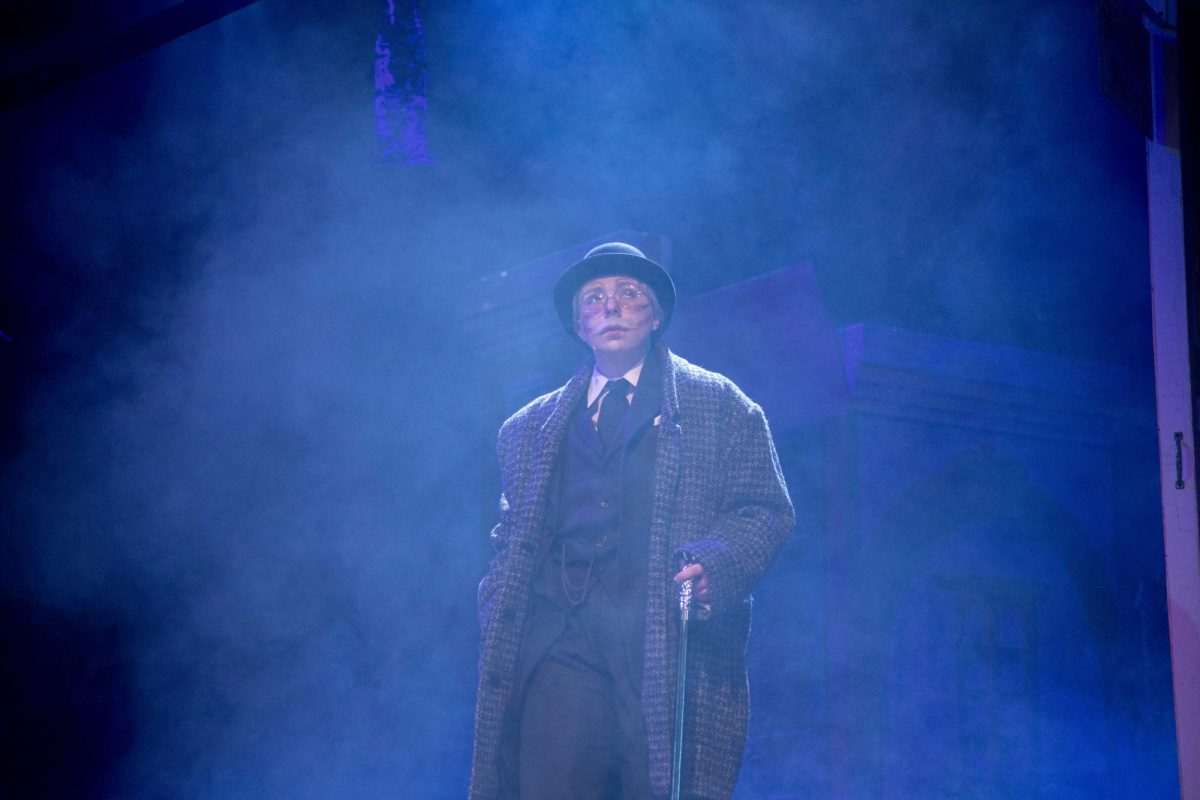Currents/ American Indians 21
November 6, 1997
Iris Creasy was in grade school when a teacher told her that she was nothing because of her race.
Creasy did not let the prejudice make her ashamed of who she was. She is now the president of the SIUC American-Indian Association.
I remember being told by my second-grade teacher that I was dirty and stupid and that I would never amount to anything, Creasy said.
Advertisement
To combat the negative stereotypes, the American-Indian Association is sponsoring four events throughout the month of November in honor of American-Indian Month. All of the events are open to the public and free of charge.
Just about everybody that I talk to tells me that they are American-Indian, Creasy said. It used to be a bad thing to be American-Indian. Now it is very popular to be American-Indian.
The Association was established in fall 1995 and is a Registered Student Organization at SIUC. The group was designed to give support to American-Indian students and staff.
The first event honoring American-Indian Month took place on Saturday, and featured an American-Indian dance troop from Kansas. The group performed various dances of the American-Indian culture.
At 7 tonight at the Lesar Law Building Auditorium, the Association will sponsor a presentation by Dr. Eddie Brown titled Winds of Change in Indian Country:Implications for Higher Education.
The presentation will focus on American-Indians achieving a college education and the importance of returning to the tribe when the education is achieved.
At 10 a.m., noon and 2 p.m. Saturday at the Quigley Hall Auditorium, there will be a American-Indian Flute and Hoop Dance demonstration.
Advertisement*
Robert Jackson, an American-Indian flutist, will perform traditional American-Indian songs with his hand-made flute. The Hoop Dance, a traditional dance performed by many American-Indians, will feature Eddie Swimmer.
The last event for the month will be at 10 a.m., noon and 2 p.m. Nov. 15 in the Quigley Hall Auditorium. It will feature an American-Indian Arts and Craft demonstration.
The crafts will be made by Gary Cady and other American-Indian artisans. There will be displays featuring making ceramics, off-loom bead weaving, staff carving and choker making.
Britt Conroy, a third-year law student and a freshman in pre-medicine from Carlsbad, Calif., and secretary of the American-Indian Association, said people react very well the different displays that the Association sponsors.
People are really interested, she said. They ask questions and really want to know more about American-Indians.
The events last year were well attended. (These events) get rid of a lot of negative stereotypes or ideas that are not the truth. Everyone becomes exposed to our culture.
Creasy stressed the importance of these events to the public as well as American-Indians.
In Southern Illinois there are a lot of American-Indians who came from The Trail of Tears,’ Creasy said. And they are now acknowledging their culture for the first time, and this is a way to educate them.
Mostly the Cherokee Indian Tribe was forced to move to the Oklahoma Territory by the Removal Act signed in 1837 by President Andrew Jackson. More then 10,000 American Indians were forced to move in what is commonly known as the Trail of Tears.
American-Indians were forced throughout the Southern Illinois area in December 1838 and March 1839. Many stopped in the area to get shelter and water because the Mississippi River was full of ice. The 1,200-mile journey lasted for 190 days.
More then 4,000 American-Indians died on the trail because of the intense cold weather, disease and the lack of food and water. The American-Indians wore thin clothing and ate infested grain on the forced journey.
To many American-Indians, the tribes’ bonds are life lasting, and those who leave the tribe always feel the need to go back and live with the tribe, Conroy said.
Conroy is continuing her education and then plans to return to her tribe with the education that she has received. She plans to use her law degree to assist her tribe with rights that they are requesting from the government,
It’s so critical to go back, she said. Everything that you are doing should benefit the rest of the tribe. I feel that I have been given a lot of things and I have to get my education and go back(to my tribe).
Advertisement








